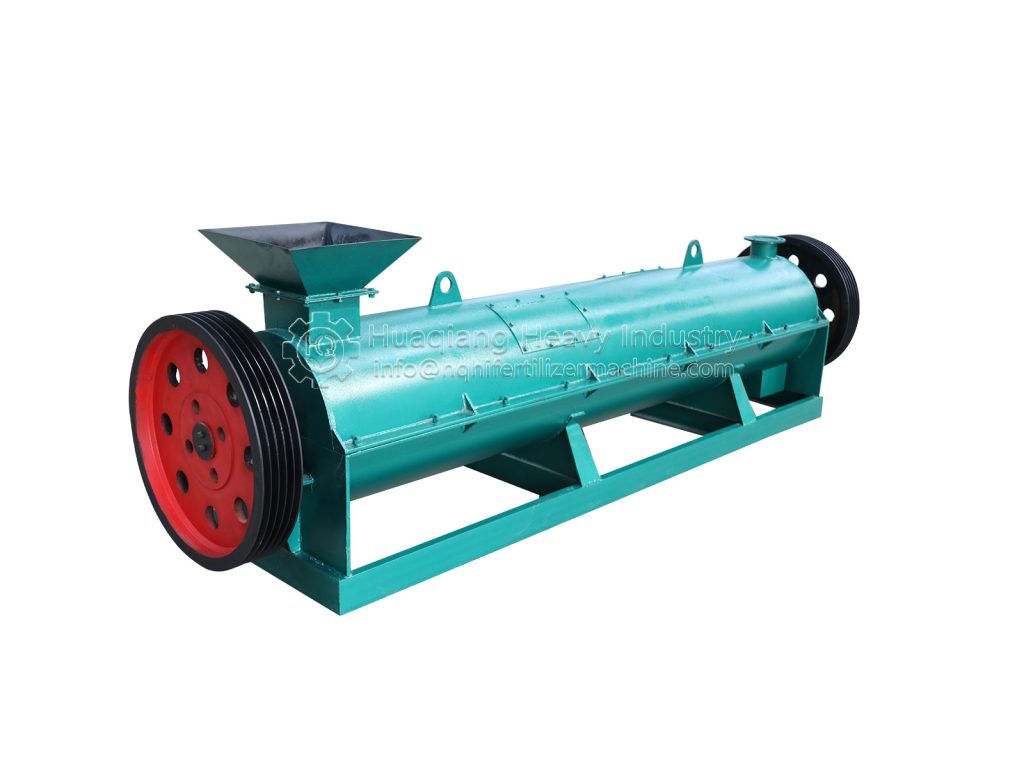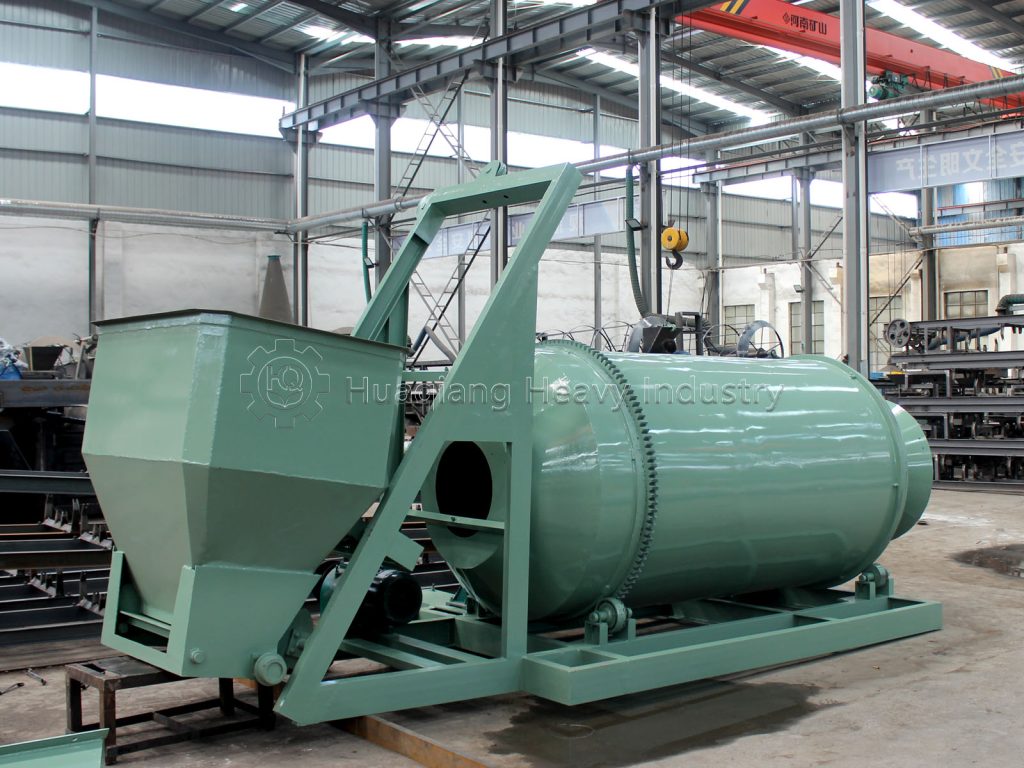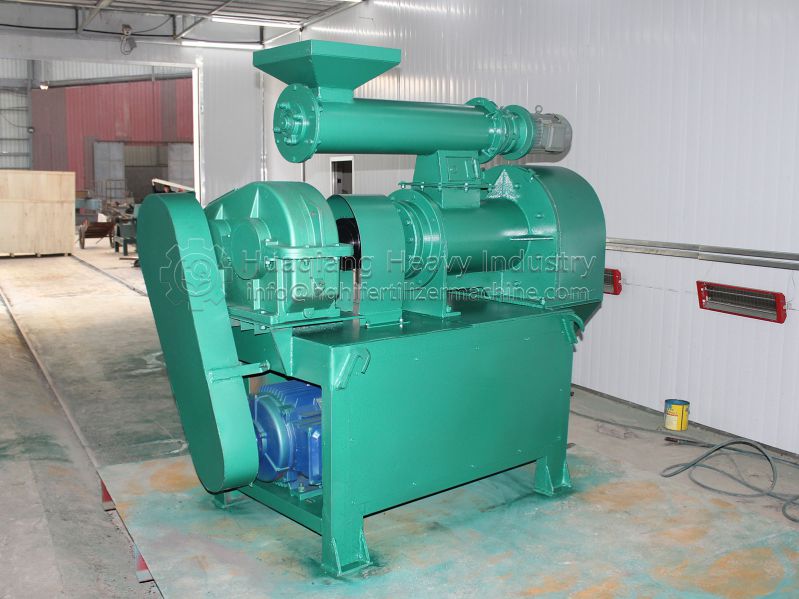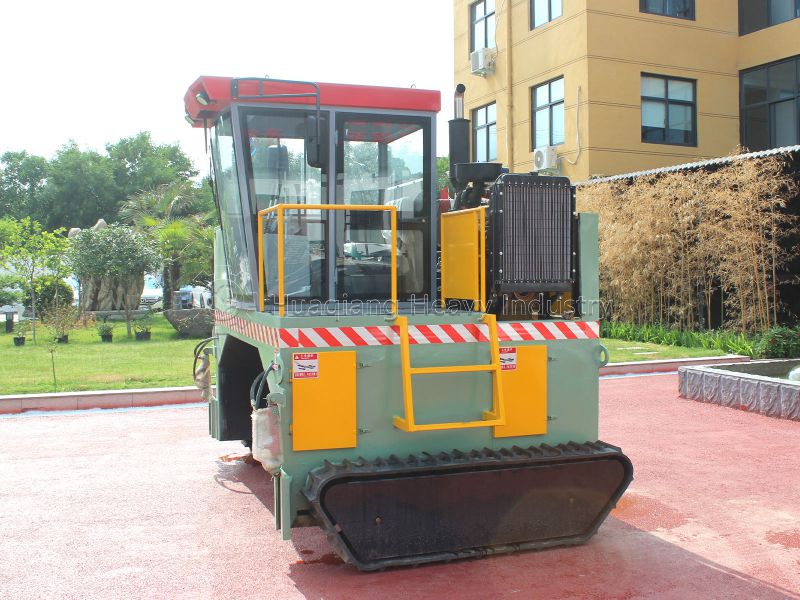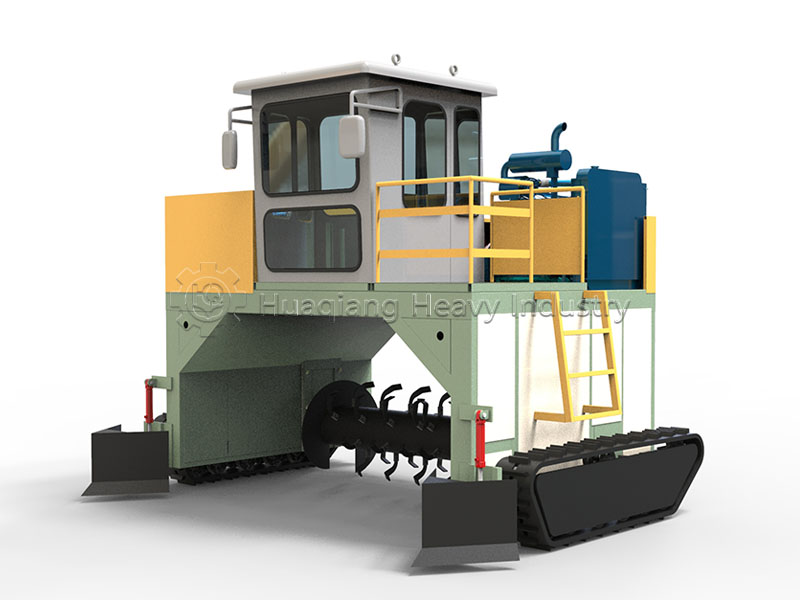Chain crushers: Why have they become the “main force” in organic fertilizer raw material crushing?
In the fertilizer production process, raw material crushing is a critical step in determining the quality of the final product. This is especially true for organic fertilizer production, which often processes a variety of materials such as straw, cake meal, and fermented livestock and poultry manure. Chain crushers, due to their unique advantages, have become a common equipment in the industry.
Unlike traditional crushing equipment, the core working component of a chain crusher is a high-strength chain. When the equipment is started, the motor drives the drum to rotate at high speed, and the chain on the drum moves in a circular motion. The impact and shear forces generated by the high-speed chain tear and crush the fertilizer raw materials entering the crushing chamber.

For high-fiber materials such as straw, the chain can penetrate deep into the fibers and sever the structure. For hard materials such as cake meal, the impact force of the chain effectively breaks up clumps, avoiding the problem of material jamming that traditional equipment often encounters.
More importantly, chain crusher can adapt to the diverse raw material characteristics of the fertilizer industry. Whether it is wet materials with a moisture content of 15%-25% or dry block raw materials, stable crushing can be achieved, and the particle size of the crushed materials is uniform, without the need for secondary screening, and can directly meet the requirements of subsequent granulation and mixing processes, greatly improving the production efficiency of organic fertilizers.

